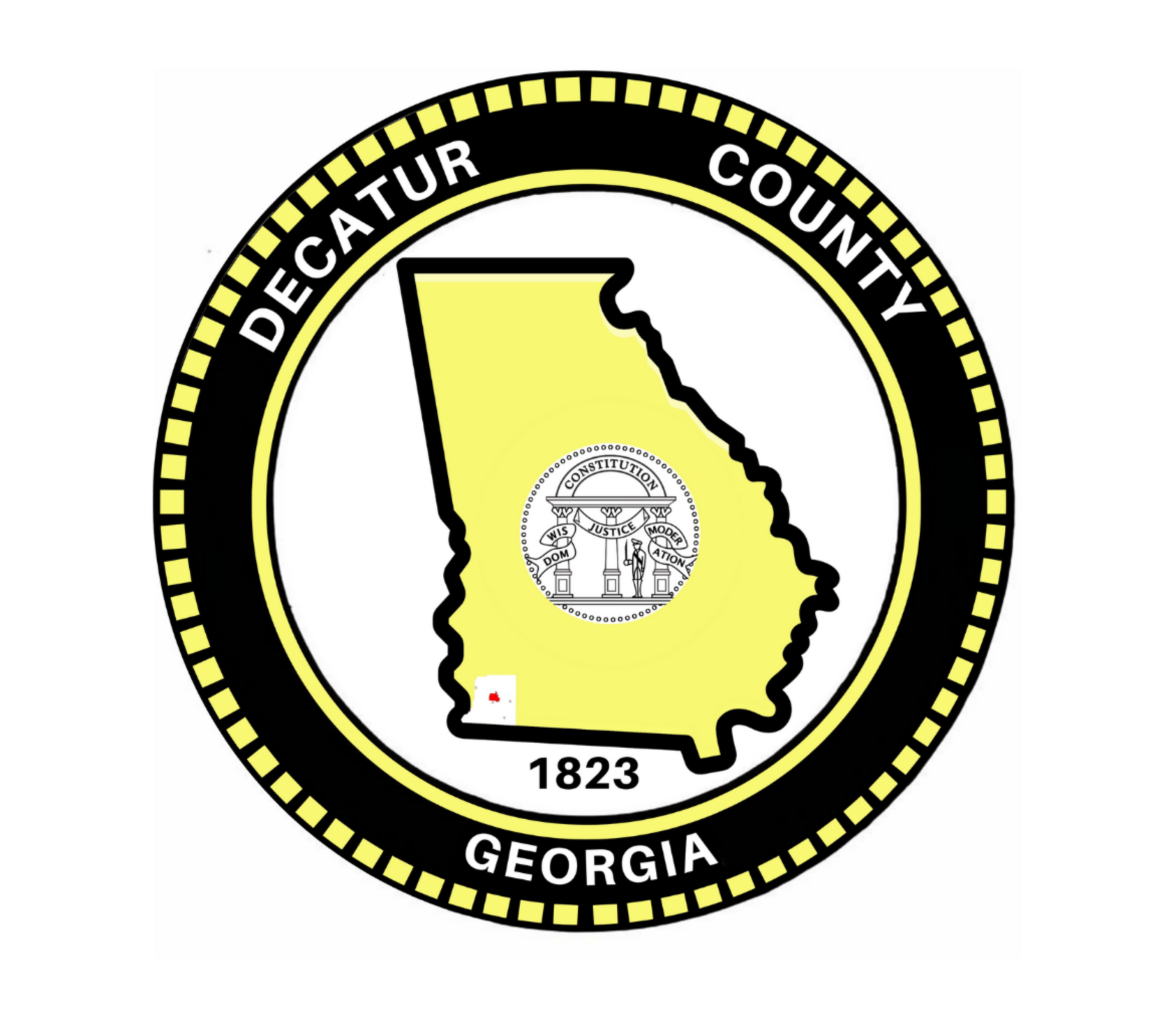Now about Rhode Island
Published 7:50 pm Tuesday, January 27, 2009
We do not all hail from Rhode Island, nor have many of us been there, so, as we do each year, Artsfest is bringing the flavor and essence of one of our states, this year Rhode Island, to Decatur County through our many events.
Rhode Island is our smallest state with an area of only 1,545 square miles (that is roughly 2 1/2 times the size of Decatur County).
It has a total population of about 1,051,000 and its capital is Providence, its largest city, with a population of just over 175,000. Rhode Island is one of our New England states being bordered on the north and east by Massachusetts and on the west by Connecticut. Its southern border is comprised of bays and the ocean. It was admitted to the union as our 13th state on May 29, 1790.
So much for the basic statistics, but what is Rhode Island all about?
What is its history?
What, other than its size, is unique about our smallest state?
What is life like in this part of our great nation?
In a series of articles, we will bring different features of this state to you. This opening article will try to give a brief look at its founding and some general statistics. In future articles, we will explore its culture, famous citizens, food and events.
Historically, Rhode Island was the first to declare independence from British rule and the last of the original 13 colonies to ratify the new Constitution of the United States. The official name of this tiny state is Rhode Island and Providence Plantations. The longest state name for the smallest state!
The original indigenous people of the area were the Wampanoag, Pequots, Narragansett and Nipmuck. Most of these Native American tribes were decimated by disease contracted from Europeans and through inter-tribal warfare and conflict with the settlers.
Its early history with settlers was based upon fierce independence. In 1636, Roger Williams was banished from Massachusetts for his religious views and he and his followers settled in an area that he named Providence at the tip of Narragansett Bay: a community that he designated as an area of religious freedom.
The following year, Anne Hutchinson, William Coddington and John Clarke were banished from Massachusetts for criticizing the clergy and founded the town of Portsmouth on Aquidneck Island.
Two years later, William Coddington left Portsmouth and founded Newport, also on Aquidneck Island. That same year, the first government was established with William Coddington as its governor. In 1644 the name of Aquidneck Island was changed to Rhode Island. In 1663, John Clarke was granted a Charter for Rhode Island and Providence Plantations, effectively uniting the two previously separate colonies.
The tradition of independence of the Rhode Islanders made them key in the American Revolution and the first bloodshed of the war took place here in 1772.
Geographically, Rhode Island’s inland area is approximately 10 percent salt water and the state is relatively flat and without mountains as its highest point is only 812 feet above sea level at Jerimoth Hill. With such a large expanse of water and beaches, nautical themes are prevalent in the culture of this state as we will explore in future articles.
Its climate features hot, rainy summers and chilly winters with temperatures ranging from the low 20s to the low 80s.
Demographically, Rhode Island’s population is approximately 90 percent white, 7 percent black and 3 percent Asian.
It is 87.5 percent Christian (63.6 percent Roman Catholic, 21.6 percent Protestant), 1.6 percent Jewish and 0.4 percent Muslim.
Approximately 24 percent of the population is under 18 years of age and about 15 percent is over 65. Fifty-two percent of the population is female.
As we might expect, its state bird is the Rhode Island Red. In keeping with its nickname “The Ocean State,” Rhode Island’s state animal is the quahog and its state drink is coffee milk. (Coffee milk?) There’ll be more about those things to follow!
Now that you have a very brief introduction to the early history of our featured state and its basic statistics, future articles will acquaint you with more about life in 21st century Rhode Island.
We hope you’ll join us for all the events of Riverside Artsfest 2009 as we feature our smallest state. ETA3 kicked off Artsfest this year with a Saturday performance.
On Feb. 15, Artsfest has scheduled “Jazz on a Sunday Afternoon” with Leon Anderson and his jazz ensemble from Florida State University. The program will feature a lot of Stan Kenton music. The performance will be at the Kirbo Center’s auditorium beginning at 3 p.m.
As with all our events, we present this wonderful program to the public free of charge.





